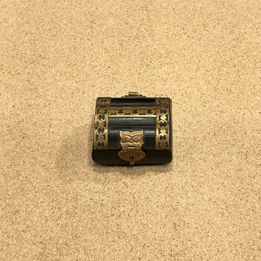About Dreams
 Dreams can provide profound insight into your desires, motivations, creative urges, and emotions. They are natural and spontaneous mental products that are not controlled by conscious wishes or goals. Dreams can provide hints about directions you might need to take in your life.
Dreams can provide profound insight into your desires, motivations, creative urges, and emotions. They are natural and spontaneous mental products that are not controlled by conscious wishes or goals. Dreams can provide hints about directions you might need to take in your life.
Dreams can seem very mysterious and confusing. This is because the language of dreams is symbolic; it is not rational or logical. The symbols in dreams, meaning the situations, the activity, the people or animals that appear in your dreams, are metaphors for something in your conscious life. For example, you might dream of a sunrise. This could mean many things, but one idea could be of a dawning awareness of something in your life. Reflecting on what these dream symbols mean to you can lead to new insights about yourself and your life.
You might not ever remember your dreams, or you might have many dreams each night. Psychotherapeutic work can be done with or with out recalling dreams. It is likely, however, that once you start considering unconscious influences, you will begin to recall dreams more frequently. You might catch only the occasional sliver of a dream, but even these quiet messages can prove to be helpful guides toward making meaningful choices in your life.
Sandplay
 Another approach for engagement with unconscious images is through the experience of sandplay. Like artwork, sandplay is an activity that allows for non-verbal expression. It involves a tray of sand and a large collection of miniatures. The technique of sandplay was developed in the 1950s by Dora Kalff who, through a happenstance meeting with Jung, began studying at the C.G Jung Institute in Zurich and was encouraged by Jung to apply her knowledge toward therapeutic work with children. This led to her development of sandplay as one form of therapeutic play that can be of great benefit in helping children work through psychological difficulties. The use of sandplay was extended to work with adults where, as with children, it has been found to be of equal benefit.
Another approach for engagement with unconscious images is through the experience of sandplay. Like artwork, sandplay is an activity that allows for non-verbal expression. It involves a tray of sand and a large collection of miniatures. The technique of sandplay was developed in the 1950s by Dora Kalff who, through a happenstance meeting with Jung, began studying at the C.G Jung Institute in Zurich and was encouraged by Jung to apply her knowledge toward therapeutic work with children. This led to her development of sandplay as one form of therapeutic play that can be of great benefit in helping children work through psychological difficulties. The use of sandplay was extended to work with adults where, as with children, it has been found to be of equal benefit.
Sandplay can be described as ‘wakeful dreaming.’ A person uses the sand tray in whatever way happens to present itself in the moment, i.e. feeling the sand with one’s hands, sculpting the sand, either wet or dry, or arranging miniatures in a variety of scenes and patterns. Like the tendency of sand to seep into the smallest cracks, work with sand seeps into a person’s unconscious, where an inner awareness uses images to express psychic transformations which, according to Kalff, “… changes [one’s] entire orientation to life.” Through the experience of sandplay you may find a new way to discover the workings and re-workings of the themes of your life.